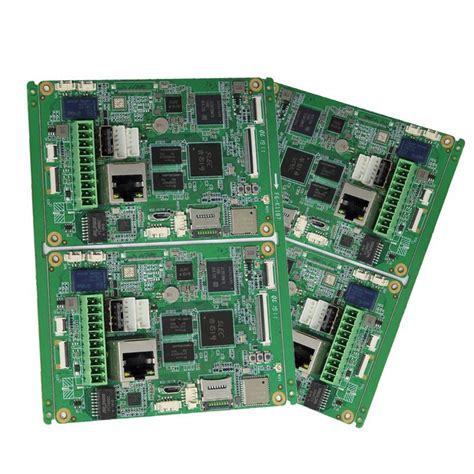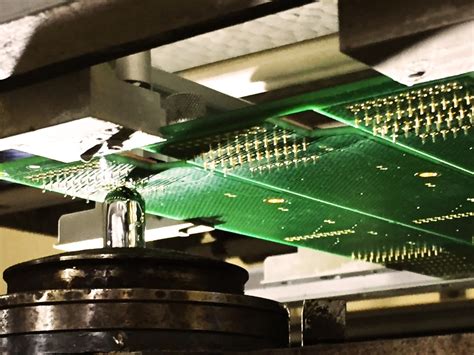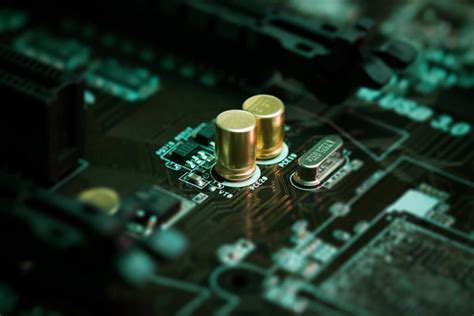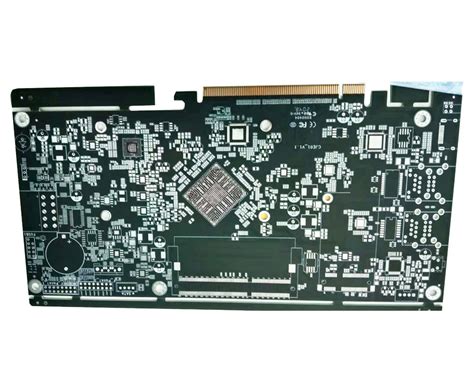PCB Etching Process and Process Control
The process of printed circuit board from light board to circuit pattern is a relatively complex physical and chemical reaction process. This article analyzes its last step – etching. At present, the typical process of printed circuit board (PCB) processing adopts “graphic electroplating method”. That is, first pre-plating a layer of lead-tin anti-corrosion layer on the copper foil part of the outer layer of the board to be retained, that is, the graphic part of the circuit, and then chemically corroding the rest of the copper foil is called etching.
1.Types of etching
It should be noted that there are two layers of copper on the board during etching. In the outer layer etching process, only one layer of copper must be completely etched away, and the rest will form the final required circuit. This type of graphic electroplating is characterized by the copper plating layer only existing under the lead-tin anti-corrosion layer.
Another process method is to plate copper on the entire board, and the part outside the photosensitive film is only tin or lead-tin anti-corrosion layer. This process is called “full board copper plating process”. Compared with graphic electroplating, the biggest disadvantage of full-board copper plating is that copper must be plated twice everywhere on the board surface and they must be etched away during etching. Therefore, a series of problems will arise when the wire width is very fine. At the same time, side corrosion will seriously affect the uniformity of the line.
In the processing technology of the outer layer circuit of the printed circuit board, there is another method, which is to use a photosensitive film instead of a metal plating layer as an anti-corrosion layer. This method is very similar to the inner layer etching process, and you can refer to the etching in the inner layer manufacturing process.
At present, tin or lead tin is the most commonly used anti-corrosion layer, which is used in the etching process of ammonia etchants.
Ammonia etchants are commonly used chemical liquids and do not react chemically with tin or lead tin. Ammonia etchants mainly refer to ammonia water/ammonia chloride etching liquid.
In addition, ammonia water/ammonia sulfate etching liquid can also be purchased on the market. After use, the copper in the sulfate-based etching liquid can be separated by electrolysis, so it can be reused. Due to its low corrosion rate, it is generally rare in actual production, but it is expected to be used in chlorine-free etching.
Some people have tried to use sulfuric acid-hydrogen peroxide as an etchant to etch the outer layer graphics. Due to many reasons including economics and waste liquid treatment, this process has not been widely adopted in a commercial sense. Furthermore, sulfuric acid-hydrogen peroxide cannot be used for etching lead-tin anti-corrosion layers, and this process is not the main method in the production of PCB outer layers, so most people rarely ask about it.
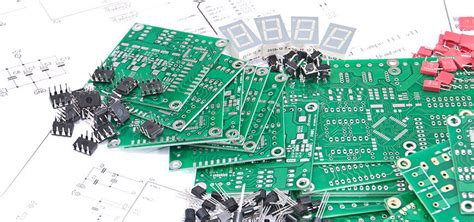
2.Etching quality and previous problems
The basic requirement for etching quality is to be able to completely remove all copper layers except under the anti-corrosion layer, and that’s it. Strictly speaking, if you want to define it accurately, then the etching quality must include the consistency of the wire width and the degree of side etching. Due to the inherent characteristics of the current etching solution, it not only etches downward but also in all directions, so side etching is almost inevitable.
The side etching problem is a frequently discussed item in the etching parameters.
It is defined as the ratio of the side etching width to the etching depth, called the etching factor. In the printed circuit industry, it varies widely, from 1:1 to 1:5. Obviously, a small side etching degree or a low etching factor is the most satisfactory.
The structure of the etching equipment and the etching solution of different components will affect the etching factor or side etching degree, or in optimistic terms, it can be controlled. The use of certain additives can reduce the side etching degree. The chemical composition of these additives is generally a trade secret, and the respective developers do not disclose it to the outside world.
In many ways, the quality of etching has existed long before the printed circuit board enters the etching machine.
Because there is a very close internal connection between the various processes or processes of printed circuit processing, there is no process that is not affected by other processes and does not affect other processes. Many problems that are considered to be etching quality actually exist in the film removal or even earlier processes.
For the etching process of the outer layer pattern, because the “reverse stream” phenomenon it embodies is more prominent than most printed circuit board processes, many problems are finally reflected on it. At the same time, this is also because etching is the last link in a long series of processes starting from self-adhesive film and photosensitive, after which the outer layer pattern is successfully transferred. The more links there are, the greater the possibility of problems. This can be regarded as a very special aspect of the printed circuit production process.
Theoretically, after the printed circuit enters the etching stage, in the process of processing the printed circuit by the graphic electroplating method, the ideal state should be: the sum of the thickness of the copper and tin or copper and lead-tin after electroplating should not exceed the thickness of the electroplating-resistant photosensitive film, so that the electroplating pattern is completely blocked by the “walls” on both sides of the film and embedded in it. However, in actual production, the plating pattern of printed circuit boards around the world is much thicker than the photosensitive pattern after electroplating. In the process of electroplating copper and lead-tin, since the plating height exceeds the photosensitive film, a tendency of lateral accumulation occurs, and the problem arises. The tin or lead-tin anti-corrosion layer covering the line extends to both sides to form an “edge”, covering a small part of the photosensitive film under the “edge”.
The “edge” formed by tin or lead-tin makes it impossible to completely remove the photosensitive film when removing the film, leaving a small part of the “residual glue” under the “edge”. The “residual glue” or “residual film” left under the “edge” of the resist will cause incomplete etching. After etching, “copper roots” are formed on both sides of the lines. The copper roots narrow the line spacing, causing the printed board to fail to meet the requirements of the client and may even be rejected. Rejection will greatly increase the production cost of the PCB.
In addition, in many cases, due to the reaction, the residual film and copper may also accumulate in the etching liquid and block the nozzle of the etching machine and the acid-resistant pump in the printed circuit industry, which has to be stopped for processing and cleaning, affecting the work efficiency.
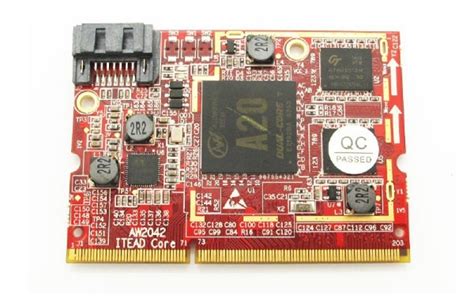
3.Equipment adjustment and interaction with the etching solution
In printed circuit processing, ammonia etching is a more delicate and complex chemical reaction process. On the other hand, it is an easy-to-carry job. Once the process is adjusted, continuous production can be carried out. The key is to maintain continuous working status once the machine is turned on, and it is not suitable to stop and start. The etching process depends to a great extent on the good working condition of the equipment. At present, no matter what kind of etching solution is used, high-pressure spraying must be used, and in order to obtain neater line sides and high-quality etching effects, the structure and spraying method of the nozzle must be strictly selected.
In order to obtain good side effects, many different theories have emerged, forming different design methods and equipment structures. These theories are often very different. However, all theories related to etching recognize such a basic principle, that is, to keep the metal surface in contact with fresh etching solution as quickly as possible. The chemical mechanism analysis of the etching process also confirms the above view. In ammonia etching, assuming that all other parameters remain unchanged, the etching rate is mainly determined by the ammonia (NH3) in the etching solution. Therefore, the use of fresh solution to react with the etching surface has two main purposes: one is to wash away the copper ions that have just been produced; the other is to continuously provide the ammonia (NH3) required for the reaction.
In the traditional knowledge of the printed circuit industry, especially the suppliers of printed circuit raw materials, it is generally recognized that the lower the content of monovalent copper ions in ammonia etching solution, the faster the reaction rate. This has been confirmed by experience. In fact, many ammonia etching solution products contain special ligands (some complex solvents) of monovalent copper ions, whose function is to reduce monovalent copper ions (these are the technical secrets of their products with high reactivity). It can be seen that the influence of monovalent copper ions is not small. Reducing the monovalent copper from 5000ppm to 50ppm will more than double the etching rate.
Since a large amount of monovalent copper ions are generated during the etching reaction, and since monovalent copper ions are always tightly bound to the complex base of ammonia, it is very difficult to keep its content close to zero. Monovalent copper can be removed by converting it into divalent copper through the action of oxygen in the atmosphere. This can be achieved by spraying.
This is a functional reason for passing air into the etching box. However, if there is too much air, it will accelerate the loss of ammonia in the solution and reduce the pH value, which will still reduce the etching rate. Ammonia in the solution is also a variable amount that needs to be controlled. Some users adopt the practice of passing pure ammonia into the etching reservoir. This requires a pH meter control system. When the automatically measured pH result is lower than the given value, the solution will be automatically added.
In the related field of chemical etching (also known as photochemical etching or PCH), research work has begun and has reached the stage of etching machine structure design. In this method, the solution used is divalent copper, not ammonia-copper etching. It will likely be used in the printed circuit industry. In the PCH industry, the typical thickness of etched copper foil is 5 to 10 mils, and in some cases the thickness is quite large. It often has more stringent requirements for etching parameters than in the PCB industry.

4.About the different etching states of the upper and lower boards, the leading edge and the trailing edge
A large number of problems involving etching quality are concentrated on the etched part of the upper board. It is very important to understand this. These problems come from the influence of the gelatinous agglomerates produced by the etchant on the upper board of the printed circuit board. The gelatinous agglomerates accumulate on the copper surface, which on the one hand affects the injection force, and on the other hand blocks the replenishment of fresh etching solution, resulting in a decrease in etching speed. It is precisely because of the formation and accumulation of gelatinous agglomerates that the etching degree of the upper and lower patterns of the board is different. This also makes it easy for the first part of the board to be etched thoroughly or easily cause over-corrosion in the etching machine, because the accumulation has not yet formed at that time, and the etching speed is faster. On the contrary, the accumulation has been formed when the part of the board that enters later enters, and its etching speed is slowed down.
5.Maintenance of etching equipment
The most critical factor in the maintenance of etching equipment is to ensure that the nozzle is clean and there is no obstruction to make the jet unobstructed. Obstructions or slag will impact the layout under the action of the jet pressure. If the nozzle is not clean, it will cause uneven etching and make the entire PCB scrapped.
Obviously, the maintenance of the equipment is to replace damaged and worn parts, including replacing the nozzle, and the nozzle also has the problem of wear. In addition, the more critical issue is to keep the etching machine free of slag. In many cases, slag accumulation will occur. Excessive slag accumulation will even affect the chemical balance of the etching solution. Similarly, if the etching solution has excessive chemical imbalance, the slag will become more serious. The problem of slag accumulation cannot be overemphasized. Once the etching solution suddenly has a large amount of slag, it is usually a signal that there is a problem with the balance of the solution. This should be properly cleaned with stronger hydrochloric acid or the solution should be supplemented.
Residual film can also produce slag. A very small amount of residual film dissolves in the etching solution and then forms a copper salt precipitate. The slag formed by the residual film indicates that the previous film removal process is not thorough. Poor film removal is often the result of edge film and over-plating.


